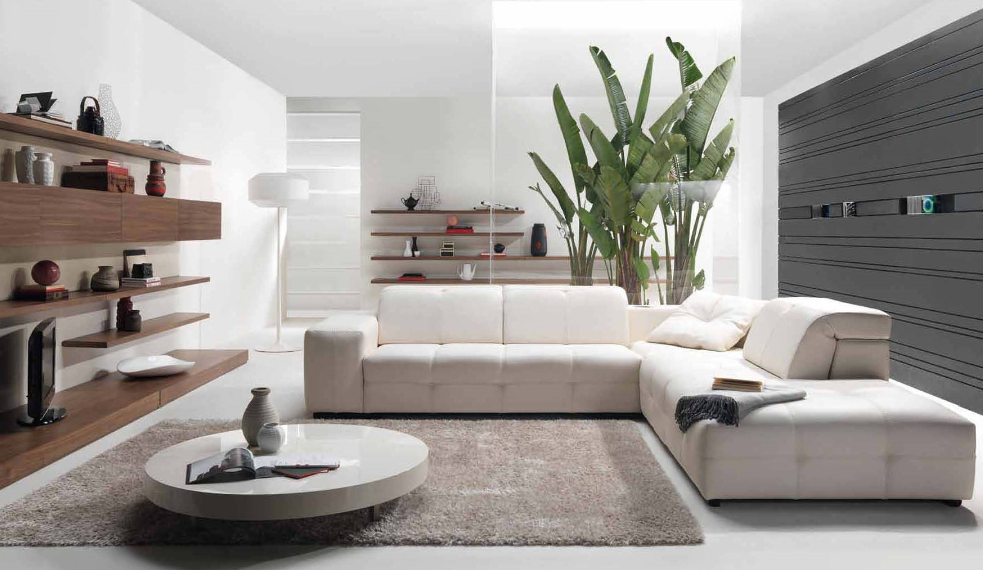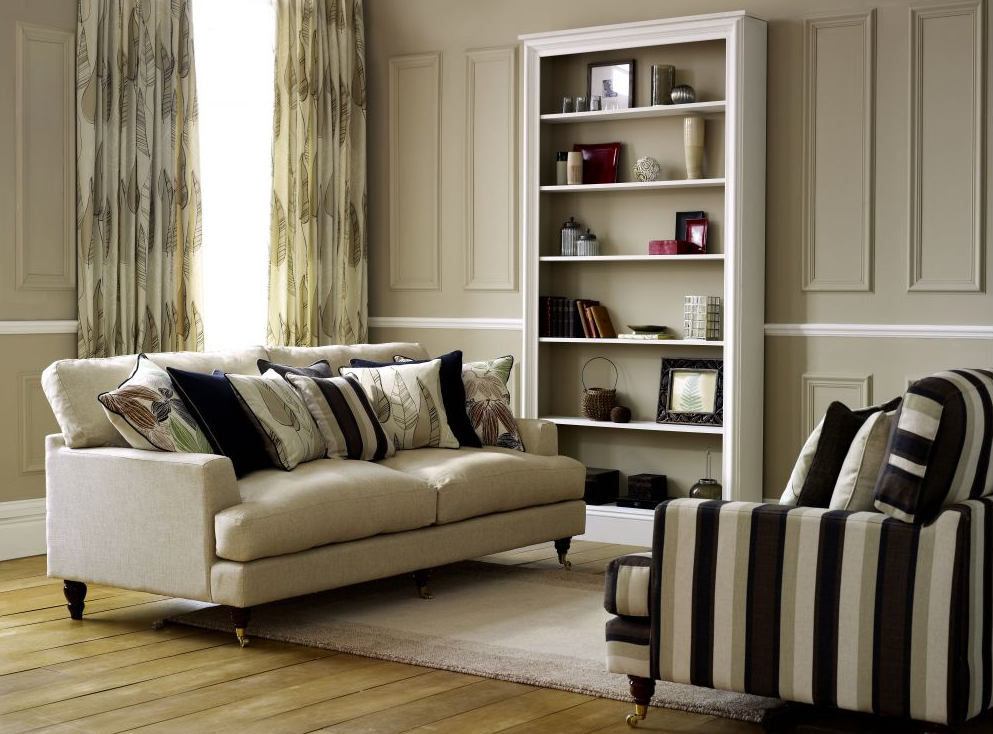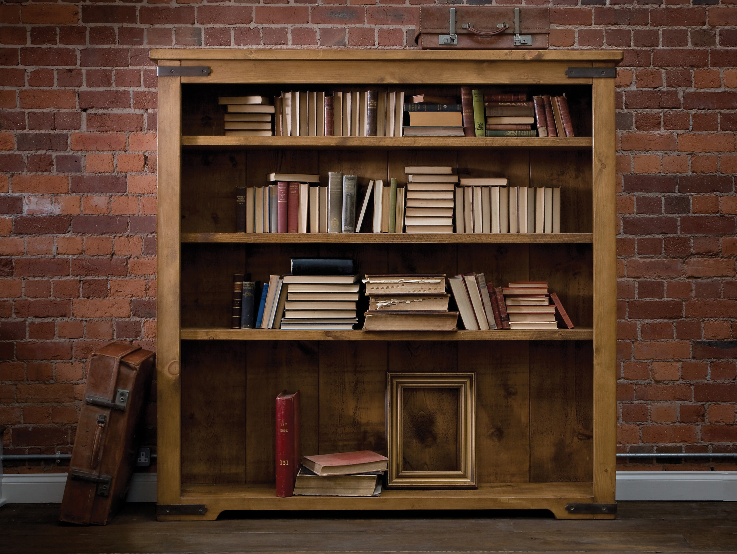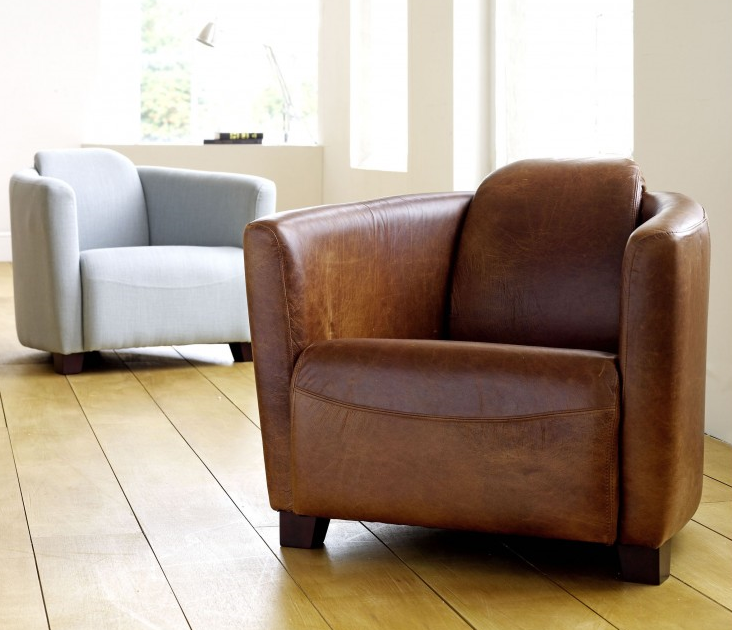
Many of us have grand visions when it comes to interior design, but with a blank canvas it can be a difficult task knowing where to begin.
Decorating and furnishing a space is an overwhelming process for everyone; some people just feel the pressure of perfectionism more than others and this additional stress can easily turn an enjoyable project into a burden. However, taking into account these simple tips from interior designers around the world, you can think about personalising your own space with minimal hassle.
1) Start your living room furniture plan with the best seat in the room and work from there – DD Allen
This is a great piece of advice for anyone wondering where to start with each room. A change of perspective is invaluable in any instance, and to get a secure judgement of a room’s potential from different viewpoints is an essential starting point. What are the best features of the room? Would an armchair in the bay window block the flow of light or would it create an ideal reading location? This is a successful starting point and good things to consider before the furnishing process begins.

2) Never push furniture up against the walls. By pulling your seating arrangement in, even by just a few inches, you instantly warm up a space and create flow -Betsy Burnham
For spacious rooms, this is an excellent tip. Furniture pushed up right against the wall decorates only the very edges of the space, leaving a vast area of potential untouched in the centre. Utilise it! Create symmetry with the furniture. Remember, there is no default way to design your space – make the most of the room’s full potential and be surprised by the results.

3)Every room needs a touch of black, just as it needs at least one antique piece -Jan Showers
Black is a colour often overlooked by those wishing to ‘play it safe,’ and rightly so. Too much black in a room can create a sense of uneasiness, and the level of regular maintenance needed to remove visible scratches and dust particles is not ideal for those with little time on their hands.
However, a small element of contrast is often necessary to give the room a sense of comfort and grace. An interesting sense of positive disparity can be generated from the subtle blend of light colours and dark colours, contemporary against antique. Play around with style as well as shade, draw upon your preferences and take pride in your finished design.

4) When it comes to bookcases, stick to books. Nothing is more visually chaotic than 46 shelves with ‘stuff – J. Randal Powers
Bookcases are an excellent and elegant way to showcase a fine collection, but an abundance of shelves with novels, photo frames, ornaments and other disparate items can create a real sense of disorder. Clutter also attracts dust, which is something that becomes difficult to maintain in the long term, especially on shelves above eye level. Let the space accommodate for what you need and create more room if necessary. Consider wall hung cluster frames instead of individual photographs; spread ornamental items around the house. It is important to avoid chaos.

5) Float something in the room – a sofa, a lounge chair- to avoid ‘the dance hall’ look -Brad Weesner
Fill the whole room. Pay attention to large, open spaces and ask yourself if there are certain areas of the room that feel fragmented from the whole. What can be done to change this? A rug or small coffee- table often helps, or maybe an arm or wing chair if the location allows extra seating. Consider the size carefully to avoid a disordered space. Impress yourself with your creativity.

Like us on Facebook and follow us on Twitter for all the latest news, events and offers.



